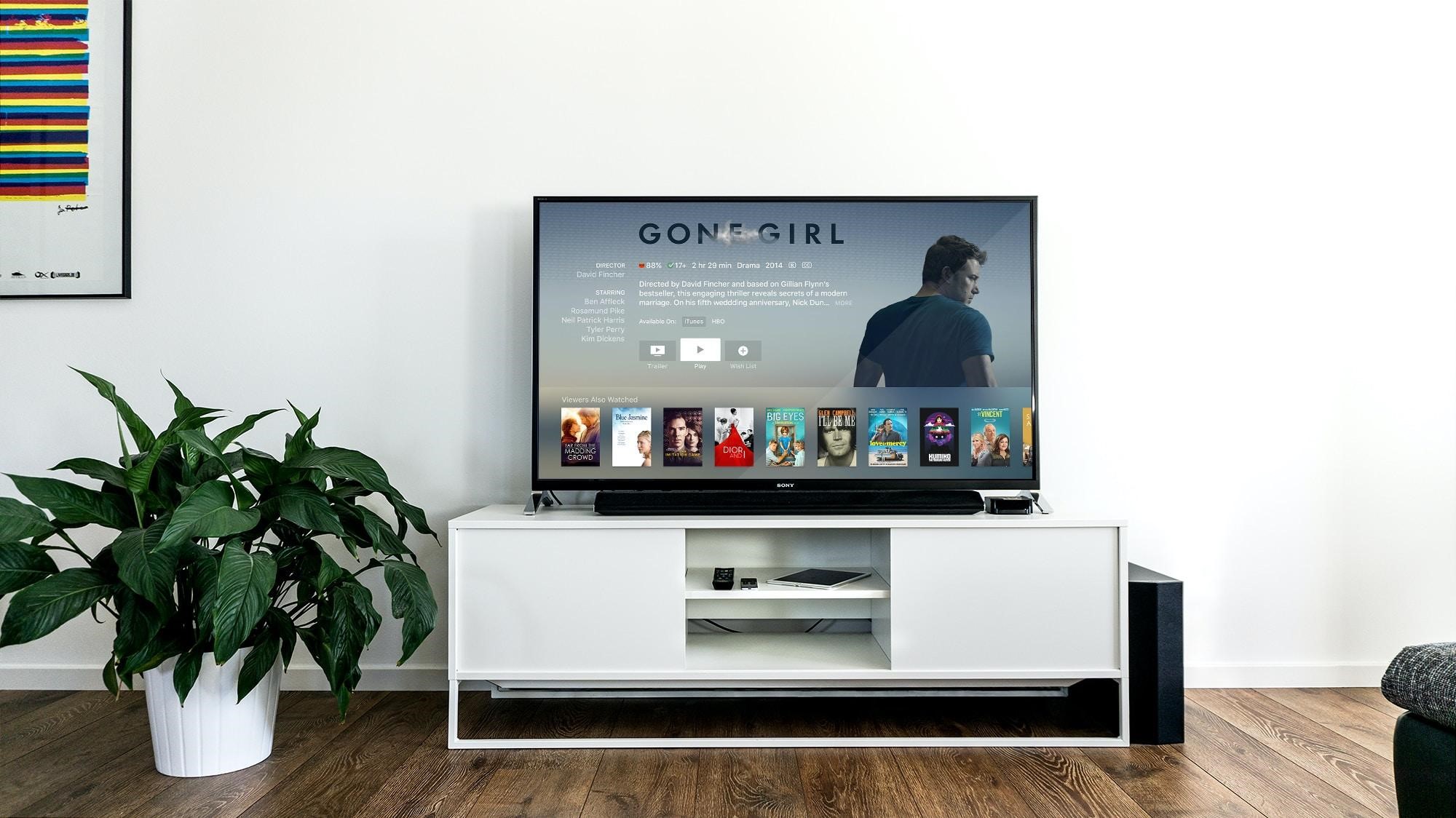
Today, billions of homes around the world have television sets, and it’s largely the most popular form of entertainment. Since the first images were transmitted over wires back in 1862, television has changed significantly. Early versions of the TV could only transmit still images, but over time, technology was developed that has allowed them to become bigger and better. Modern TVs can connect to the internet and play a huge range of media for entertainment and information purposes.

In this article, we’ll learn more about the evolution of the television set and how this invention has helped shape how we live and consume entertainment. Today, it’s incredibly easy to purchase and set up a TV using a TV aerial cable, but it wasn’t always the case. Read on to find out more.
The Invention of the TV
During the 19th century, inventors and scientists began experimenting with electromagnetic radiation. Today, we use all radio waves in our daily lives, including Wi-Fi and Bluetooth. Back then, it was a completely new field of research, aided by the work of people like Joseph Henry and Michael Faraday.
In 1862, a still image was broadcast over wires for the first time by Abbe Giovanna Caselli, and later experiments by other inventors came up with new ways to create images using electricity and selenium cameras. The end result was the cathode ray, which became an integral part of TV sets for several decades.
It wasn’t until the 1900s that the word television was first used to describe these inventions. At the World’s Fair in Paris, the International Congress of Electricity was held, and inventors tried to devise new ways to transmit images over long distances. In 1906, the first working mechanical television set was constructed by Boris Rosing.
In 1927, the first ever long-distance use of television took place, and over the next few years, the first broadcasts of television shows began. In 1936, coaxial cables were used for the first time to set up television sets and aerials, though it would take a long time before television became mainstream.
How Television Became Popular
The creation of the television set allowed the transmission of sight for the very first time. It was a particularly brilliant invention and has had far-reaching consequences on our society and the way we live. However, it took a while for people to be interested in TV. At the time, radio broadcasts were the primary form of communication and entertainment.
Radio sets themselves were fairly expensive, but most family homes had one. Early television sets were prohibitively expensive for most people, which meant it took a while for people to take the plunge. In addition, colour TV still wasn’t a thing until after 1953.
The 50s became the golden age of television, where the number of homes with a set increased dramatically. In the US, ownership rose from 9% in 1950 to 93.5% in 1970.
Modern Television
Thanks to the combination of colour pictures and sound, millions of people around the world became enthralled by the wonders of television and what it offered in terms of entertainment. People could watch films and shows without having to go to the cinema, and news stations brought instant updates on events from around the world.
Televisions also got lighter and more advanced, offering clearer, brighter pictures and better sound quality. Satellite TV helped bring thousands of new channels and gave people access to channels from all over the world.
Today, most TVs are connected to the internet, giving viewers access to streaming sites and an unlimited number of options. In addition, high-definition technology allows us to enjoy our media in 4K with a high number of frames per second, as pictures become closer to the real thing than ever before.